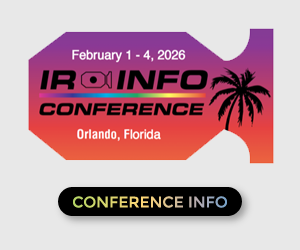Understanding Emissivity
Sponsored by:

Understanding Emissivity
Tip written by: Infraspection Institute
Emissivity refers to an object’s ability to radiate infrared energy. Because infrared instruments measure radiant energy, it is imperative for a thermographer to understand emissivity and how it can vary.
All objects above 0 Kelvin radiate infrared energy. The amount of energy radiated is dependent upon an object’s temperature and emittance. Increases in temperature and/or emittance will increase the amount of infrared energy radiated.
Although many equate emissivity to values published in emittance tables, emissivity is a dynamic characteristic and is influenced by several factors. Among these are:
Wavelength – For most objects, emissivity varies with wavelength.
Object Temperature – Changes in object temperature cause changes in Emissivity
For clean metals, E increases with temperature rise
For dielectrics, E decreases with temperature rise
Viewing Angle – Imaging at angles other than perpendicular causes changes in Emissivity
Target Geometry – Target shape affects Emissivity. Compared to a flat surface,
Concave shape increases E
Convex shape decreases E
Surface Condition – Surface roughness, texture, or condition (dirt, oxidation or paint) can significantly affect Emissivity
Although thermographers frequently obtain emittance values from published tables, this practice can introduce significant temperature measurement errors since emittance tables cannot account for several of the above factors. Because of this, calculating emittance with one’s thermal imager will help to ensure measurement accuracy.
A simple procedure for calculating emittance may be found in the Standard for Measuring and Compensating for Emittance Using Infrared Imaging Radiometers. To order a copy of this or other standards, call Infraspection Institute at 609-239-4788 or visit the Infraspection Online Store.

